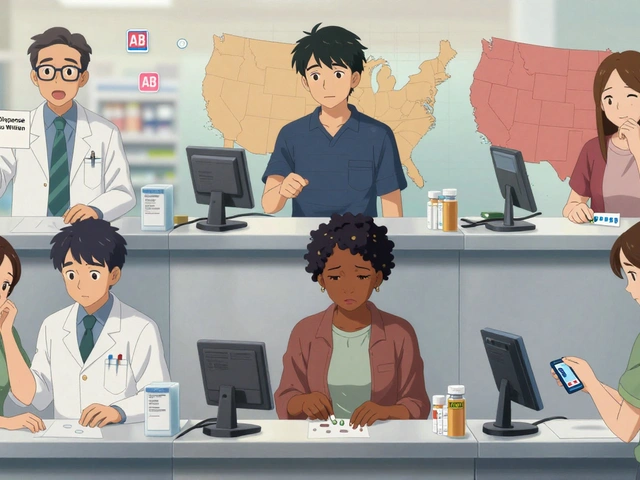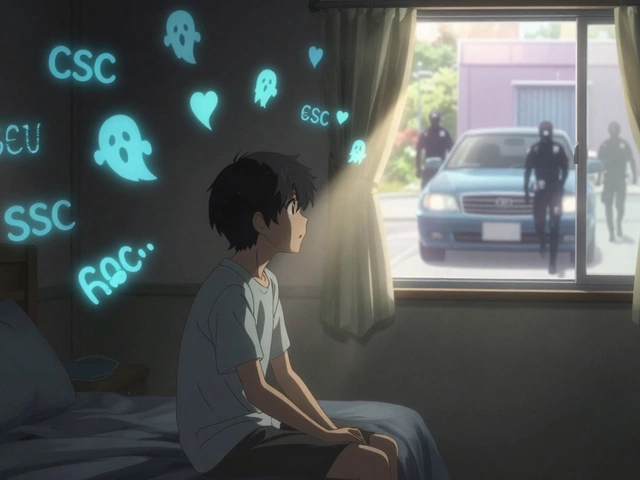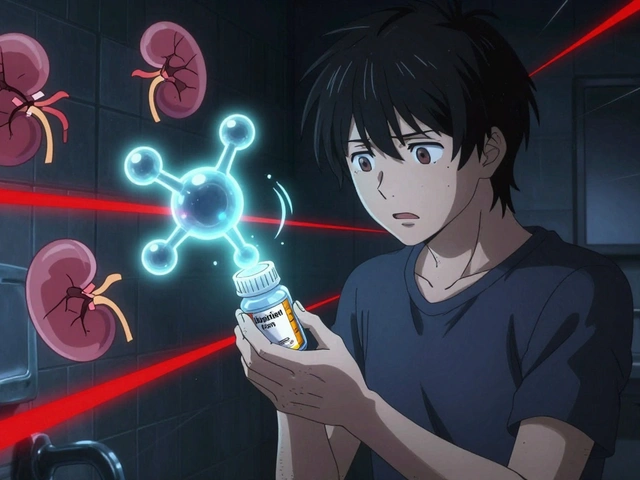Eye Redness: Causes, Symptoms, and Quick Relief
When dealing with eye redness, the visible swelling and irritation of the white part of the eye, often caused by inflammation or exposure to irritants. Also known as ocular hyperemia, it signals that something on the eye's surface needs attention. It often appears alongside allergic conjunctivitis, an eye inflammation triggered by allergens like pollen, dust, or pet dander and can be worsened by seasonal allergies, the body's reaction to airborne pollen and mold spores that also affect the eyes. In short, eye redness encompasses inflammation, requires a clear cause, and is influenced by environmental triggers.
Common Triggers and How to Spot Them
Most people first notice eye redness after a windy day, a work‑out sweat session, or a night of late‑screening. Those are classic mechanical irritants that strip the tear film and leave the ocular surface exposed. Another big player is contact lens wear – even a tiny protein deposit can provoke redness within hours. If you’ve ever felt a burning sensation after mowing the lawn, you’ve experienced allergic conjunctivitis in action; pollen settles on the eye’s surface, causing tiny blood vessels to dilate. Dry‑eye syndrome is a hidden culprit too: insufficient tears mean the eye can't wash away debris, so blood vessels expand to compensate, leading to that characteristic pink rim.
Identifying the root cause is the first step toward relief. Look for patterns: does redness flare up when you’re outdoors in spring? That points to seasonal allergies. Does it appear after you clean the house or use a new shampoo? Those are chemical irritants. If you wear contacts, check the replacement schedule – old lenses often trigger inflammation. By matching symptoms to triggers, you can decide whether an antihistamine eye drop, a tear substitute, or a simple hygiene tweak will do the trick.
Once you know the trigger, treatment is straightforward. Over‑the‑counter antihistamine drops work fast for allergic conjunctivitis, reducing both itching and redness. For dry‑eye‑related redness, artificial tears or lipid‑enhanced drops restore the tear layer and calm the vessels. If a chemical irritant is the cause, rinsing the eye with sterile saline for a minute can flush out the offending particles. In cases of infection – think pus, crusty eyelids, or severe pain – a doctor’s prescription is unavoidable, because bacterial or viral agents need targeted medication.
Prevention is just as important as treatment. Wearing sunglasses on windy days blocks debris and UV light, both of which can irritate the eye. Keeping contact lenses clean and swapping them on schedule cuts down protein buildup. For seasonal allergy sufferers, a daily antihistamine pill or a quick‑wipe of the eyelids with a cool, damp cloth can keep the inflammation at bay. And don’t forget to stay hydrated; good systemic hydration helps your eyes produce enough tears.
All these tips tie back to the core idea that eye redness reflects an underlying imbalance – whether it’s a lack of moisture, an allergic reaction, or a mechanical irritant. By understanding the relationship between eye redness, allergic conjunctivitis, and seasonal allergies, you can choose the right remedy before the problem worsens. Below you’ll find a curated list of articles that dive deeper into specific causes, medication comparisons, and step‑by‑step guides to keep your eyes clear and comfortable.

Protect Your Eyes from Redness: A Step-by-Step Guide to Beat Environmental Irritants
Learn practical ways to stop eye redness caused by pollen, smoke, dry air and other irritants. Get daily habits, protective gear, and treatment tips.
Continue Reading



